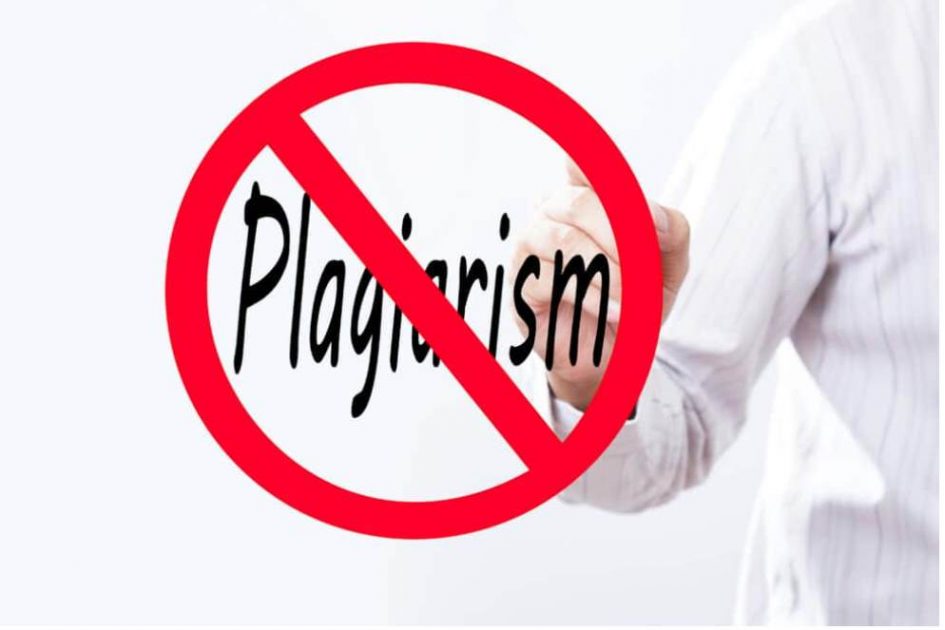Plagiarism, the act of presenting someone else’s work or ideas as one’s own. In educational institutions worldwide, the consequences of plagiarism can range from academic penalties to severe damage to one’s reputation.
It is crucial for students, academics, and professionals alike to understand the nuances of plagiarism to avoid its pitfalls and maintain a commitment to ethical practices.
Features of plagiarism
Plagiarism encompasses various forms, including the verbatim copying of text without proper citation, paraphrasing without giving credit, and submitting someone else’s work as your own. It can occur in many things:
- academic papers;
- research projects;
- creative works;
- everyday writing.
The core principle behind plagiarism is the misrepresentation of original thought, hindering the development of critical thinking and intellectual growth.
Consequences of plagiarism
Academic institutions take plagiarism seriously, as it compromises the educational process and undermines the credibility of degrees. Penalties for plagiarism can range from receiving a failing grade on an assignment to expulsion from an academic program. In the professional world, plagiarism can lead to damaged reputations, legal consequences, and the loss of career opportunities. The consequences extend beyond personal repercussions, affecting the broader academic and professional communities.
How to cope with education plagiarism
Education is key to preventing plagiarism. Institutions must provide clear guidelines on proper citation methods and educate students on the importance of originality. Additionally, technological tools, such as plagiarism detection software, can help identify instances of plagiarism. However, it is equally important for individuals to cultivate a strong sense of academic honesty and integrity.
It would be nice to use plagiarism checker for teachers which provide many ways to detect plagiarism. There are checkers with wide advanced tools, for example:
- Scanning studies, all published materials online and across open-source databases. It collects information on each text fragment identical to an already published paper.
- AI algorithms search through billions of web pages to find similarities. It is constantly updating our search technology.
- Uploading text supported by PDF, DOC, DOCX, RTF, ODT, PNG, JPG, GIF, PPTX, TIFF, BMP and more file types.
As plagiarism poses a significant threat to academic integrity, tarnishing the educational experience for both individuals and institutions, understanding of the definition of plagiarism, its consequences, and adopting proactive measures to prevent it, students and professionals can contribute to a culture of honesty, intellectual growth, and mutual respect within the academic and professional spheres.
